Filter by
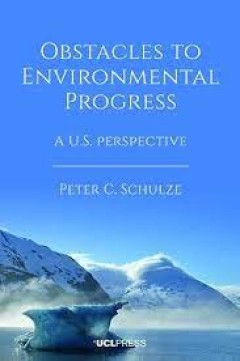
Obstacles to Environmental Progress A U.S. perspective
environment;policy;biology;earth sciences;United States;obstacles to progress;environmental policy;environmental law;environmental regulation;environmental science;environmental progress;environmental solutions;environmental justice;sustainability;uncertainty;decision processes;climate change;problem solving;unintended consequences;systems perspective;environmental monitoring;freedom and enviro…
- Edition
- -
- ISBN/ISSN
- 9781800082076
- Collation
- -
- Series Title
- -
- Call Number
- -
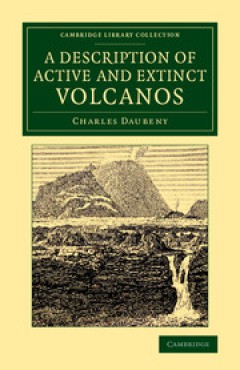
A Description of Active and Extinct Volcanos
First published in 1826, at a time when the earth sciences were in a state of confusion and controversy, this pioneering study of volcanic action by Charles Daubeny (1795–1867) was significant in promoting the scientific method and the science of geology, at the same time establishing the author's international reputation. Having studied medicine, Daubeny increasingly turned his attention to …
- Edition
- -
- ISBN/ISSN
- 9781107478671
- Collation
- -
- Series Title
- Cambridge Library Collection - Earth Science
- Call Number
- -

Food Waste and Sustainable Food Waste Management in the Baltic Sea Region
This work presents the findings of an extensive study on the state-of-the-art regarding the problem of food waste in Belarus, Estonia, Germany, Latvia, Lithuania, Poland and Sweden. The results show that the problem of food waste can be found at different levels in each country and that our knowledge of it is limited by the current lack of studies in the area. The problem is primarily due to fo…
- Edition
- -
- ISBN/ISSN
- 978-3-319-10906-0
- Collation
- XII, 222 hlm.
- Series Title
- Environmental Science and Engineering
- Call Number
- -
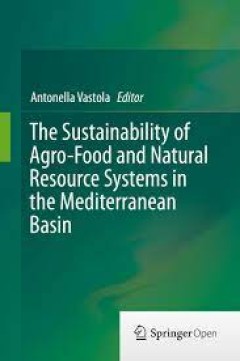
The Sustainability of Agro-Food and Natural Resource Systems in the Mediterra…
This book is focused on the challenges to implement sustainability in diverse contexts such as agribusiness, natural resource systems and new technologies. The experiences made by the researchers of the School of Agricultural, Forestry, Food and Environmental Science (SAFE) of the University of Basilicata offer a wide and multidisciplinary approach to the identification and testing of differ…
- Edition
- -
- ISBN/ISSN
- 978-3-319-16357-4
- Collation
- -
- Series Title
- -
- Call Number
- -
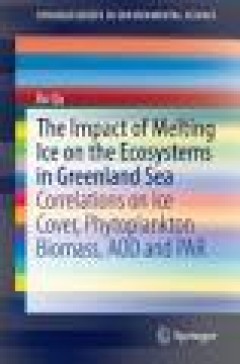
The Impact of Melting Ice on the Ecosystems in Greenland Sea
Arctic marine ecosystems are largely impacted by changes associated with global warming. The sea ice in Greenland Sea plays an important role in regional and global climate system. The book investigate the relationships between phytoplankton biomass, measured using remotely sensed chlorophyll-a (CHL), aerosol optical depth (AOD) and sea-ice cover (ICE) in the Greenland Sea (20°W-10°E, 65-85°…
- Edition
- 1
- ISBN/ISSN
- 978-3-642-54498-9
- Collation
- X, 86, 46 b/w illustrations, 10 illustrations in colour
- Series Title
- SpringerBriefs in Environmental Science
- Call Number
- -

Introduction to Environmental Science
This course uses the basic principles of biology and earth science as a context for understanding environmental policies and resource management practices. Our planet is facing unprecedented environmental challenges, from oil spills to global climate change. In ENSC 1000, you will learn about the science behind these problems; preparing you to make an informed, invaluable contribution to Earth�…
- Edition
- -
- ISBN/ISSN
- -
- Collation
- -
- Series Title
- -
- Call Number
- 570 ZEH i
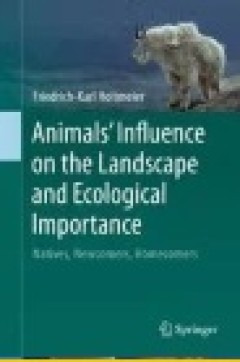
Animals' Influence on the Landscape and Ecological Importance: Natives, Newco…
In its first English-language edition, this book introduces the many-faceted interactions of animal populations with their habitats. From soil fauna, ants and termites to small and large herbivores, burrowing mammals and birds, the author presents a comprehensive analysis of animals and ecosystems that is as broad and varied as all nature. Chapter 2 addresses the functional role of animals in l…
- Edition
- Ed. 1
- ISBN/ISSN
- 978-94-017-9294-3
- Collation
- XXXI, 522
- Series Title
- -
- Call Number
- 363.7 HOL a
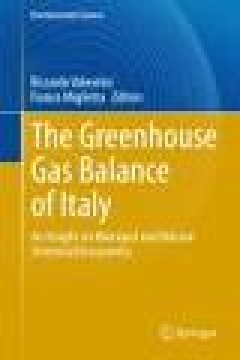
The Greenhouse Gas Balance of Italy
The book addresses in a comprehensive way the full greenhouse gases budget of the Italian landscape, focusing on land use and terrestrial ecosystems. In recent years there has been a growing interest in the role of terrestrial ecosystems with regard to the carbon cycle and only recently a regional approach has been considered for its specificity in terms of new methodologies for observations an…
- Edition
- 1
- ISBN/ISSN
- 978-3-642-32424-6
- Collation
- VIII, 211, 27 b/w illustrations, 30 illustrations in colour
- Series Title
- Environmental Science and Engineering
- Call Number
- -

Conservation techniques
Overview: This book fosters the recognition of options for making progress toward increased environmental conservation through an understanding of the underlying science and practice of a variety of conservation techniques. Today, there are expected benefits from integrated science and practice, and many people are promoting this as the way forward to improve our environment. Over time, trends …
- Edition
- -
- ISBN/ISSN
- -
- Collation
- -
- Series Title
- -
- Call Number
- 333 MEI c
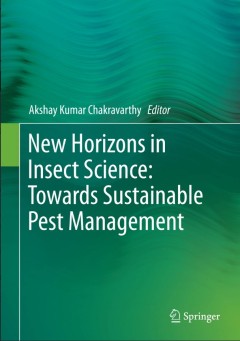
New Horizons in Insect Science: Towards Sustainable Pest Management
Insect science is fast changing as insects are evolving to a plethora of newer chemical molecules, climate change, management tactics and transformation of the landscapes. Through the International Conference, the editors have attempted to gather together newer aspects of Insect Sciences like Insect Taxonomy, DNA Barcoding, Physiology, Toxicology, Vectors and their Management, Molecular Biology…
- Edition
- 1
- ISBN/ISSN
- 978-81-322-2088-6
- Collation
- XXVII, 431
- Series Title
- -
- Call Number
- -
 Computer Science, Information & General Works
Computer Science, Information & General Works  Philosophy & Psychology
Philosophy & Psychology  Religion
Religion  Social Sciences
Social Sciences  Language
Language  Pure Science
Pure Science  Applied Sciences
Applied Sciences  Art & Recreation
Art & Recreation  Literature
Literature  History & Geography
History & Geography